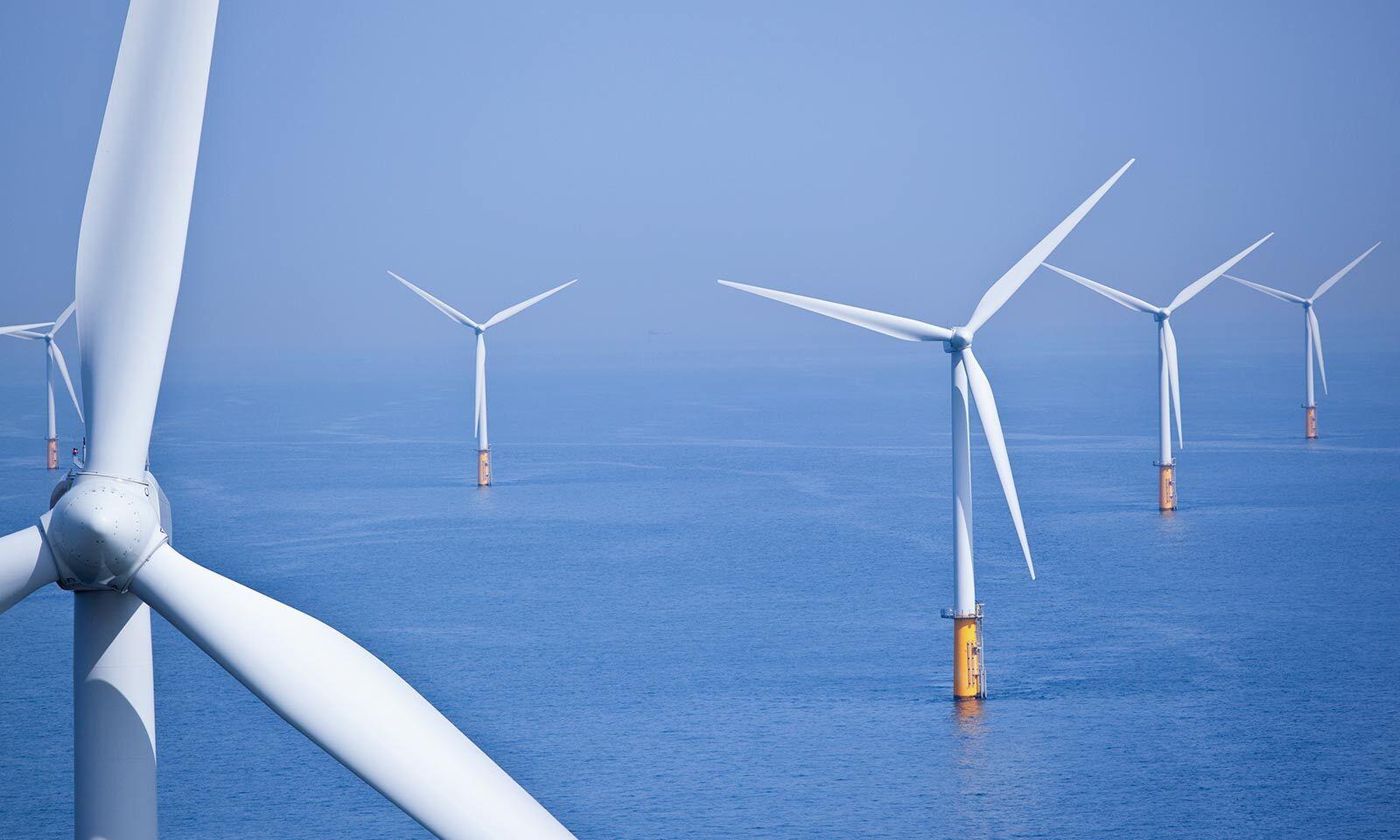Offshore Wind Energy Market Overview: How Government Policies and Green Goals Are Accelerating Global Expansion

The offshore wind energy market is rapidly evolving into one of the most promising sectors within the global renewable energy industry. As countries intensify efforts to combat climate change and transition towards sustainable energy systems, offshore wind is emerging as a critical player in reducing carbon emissions while meeting the growing demand for electricity.
Current Market Landscape
Offshore wind energy refers to the generation of electricity using wind turbines located in bodies of water, typically on the continental shelf. Unlike onshore wind farms, offshore installations benefit from stronger and more consistent wind speeds, which translate into higher energy output. Over the past decade, significant technological advancements, cost reductions, and government support have propelled the sector forward.
As of 2024, the global offshore wind installed capacity has surpassed 65 GW, with Europe leading the way, particularly countries like the United Kingdom, Germany, and the Netherlands. However, other regions such as Asia-Pacific and North America are swiftly catching up, with massive projects underway in China, Taiwan, South Korea, and the United States.
Key Market Trends
-
Floating Wind Technology: Traditionally, offshore turbines are fixed to the seabed, limiting development to shallow waters. However, floating wind turbines now allow for deployment in deeper waters, unlocking vast new areas for potential energy generation, particularly off the coasts of Japan, California, and the Mediterranean.
-
Scale and Size of Turbines: The industry is moving towards larger and more powerful turbines. New models like GE’s Haliade-X can generate up to 14 MW, and prototypes of even higher capacities are in development. Larger turbines reduce the number of installations needed, lowering overall costs and improving efficiency.
-
Hybrid and Co-located Systems: Offshore wind farms are increasingly being integrated with other technologies such as battery storage, hydrogen production, and interconnection grids. This diversification enhances grid stability and promotes a more resilient energy system.
Market Growth Drivers
-
Government Policies and Incentives: Many countries have adopted ambitious targets for offshore wind deployment. For example, the EU aims to install at least 60 GW by 2030 and 300 GW by 2050. Incentives such as feed-in tariffs, auctions, and subsidies continue to fuel investment and innovation.
-
Climate Goals and Decarbonization: The global push to limit global warming to 1.5°C, as per the Paris Agreement, requires a massive shift to renewables. Offshore wind is a pivotal solution due to its scalability and consistent output.
-
Private Sector Investment: Major energy companies, financial institutions, and investors are pouring billions into offshore wind. The sector has attracted increasing interest from oil and gas majors transitioning to greener portfolios.
Challenges Facing the Industry
Despite its strong growth trajectory, the offshore wind market faces several challenges:
-
High Capital Costs: While prices have declined, offshore wind remains capital-intensive, especially during early stages of development and infrastructure deployment.
-
Supply Chain Constraints: There is growing pressure on the global supply chain to keep pace with demand for components, vessels, and skilled labor.
-
Environmental and Social Concerns: Offshore wind farms can impact marine ecosystems, fisheries, and coastal communities. Effective planning and stakeholder engagement are essential to address these concerns.
Future Outlook
The future of offshore wind energy is bright, with projections suggesting the global market could exceed 200 GW by 2030. Innovations in technology, economies of scale, and strategic international collaboration are expected to drive continued growth. Emerging markets such as India, Brazil, and parts of Africa present untapped opportunities. Moreover, the integration of offshore wind into multi-use ocean platforms and digital technologies like AI and IoT will optimize performance and maintenance, further enhancing market viability.
As the world transitions to a low-carbon economy, offshore wind will play a pivotal role in reshaping the global energy landscape.
- Art
- Causes
- Crafts
- Dance
- Drinks
- Film
- Fitness
- Food
- Games
- Gardening
- Health
- Home
- Literature
- Music
- Networking
- Other
- Party
- Religion
- Shopping
- Sports
- Theater
- Wellness


